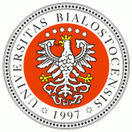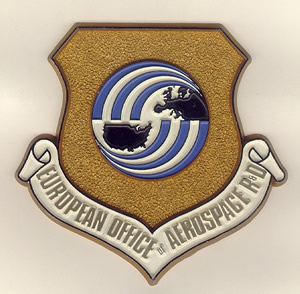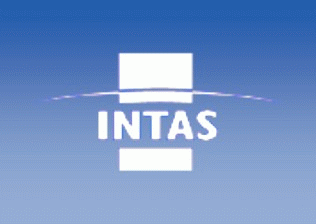Sponsors:



 |
|
Organized by
the Institute of Experimental Physics, University of Bialystok
Marta Marszałek, Poland
Surface analysis techniques for characterization of materials
-
An introduction to surface and microscopy techniques used to characterize materials in the nanoscience will be presented. This lecture will review the fundamental physics behind these techniques as well as specific applications. Important considerations in the analysis of surfaces will be introduced. The main methods for analysing atoms and molecules at solid surfaces will be discussed. The following program will be performed:
1. Short introduction to basic crystallography, notation for points, directions and planes (Miller indices). Example surfaces (BCC(100), FCC(111) etc), including stepped surfaces. Relaxation, reconstruction and defects. Adsorption, order and coverage. Ways to define surface adlayer coverage. Chemisorption and physisorption. Reasons for ordered monolayer formation.
2. Discussion of electron spectroscopies. Auger Electron Spectroscopy (AES), including a basic description of the Auger process, instrumentation, quantitation and some brief applications (including the scanning Auger microprobe). Medium Energy Elecron Diffraction (MEED) as a tool for growth type determination.
3. Low energy electron diffraction (LEED), reciprocal lattices, Ewald spheres and dynamical LEED.
4. Scanning probe microscopies (SPM), including scanning tunneling microscopy (STM) and atomic force microscopy (AFM).
5. X-ray diffraction (XRD) and X-ray reflectivity (XRR) as applied to studies of nanosystems will be described. How these techniques complement surface specific characterisation methods in the study of engineered surfaces will be explored.
6. Summary of the important concepts. A brief comparison of the techniques I have covered.
All of these methods are sensitive to the outermost atom layers at the surface and operate in ultra-high vacuum. They are therefore used to study solid surfaces or, occasionally, liquids. The different methods have differing information contents and differing spatial resolutions. In light of recent progress in the fabrication and diagnostics of nanostructures and surfaces, more advanced spectroscopic and imaging methods are necessary in order to elucidate the detailed structure, nature, and creation of such microsystems.
|
|
|